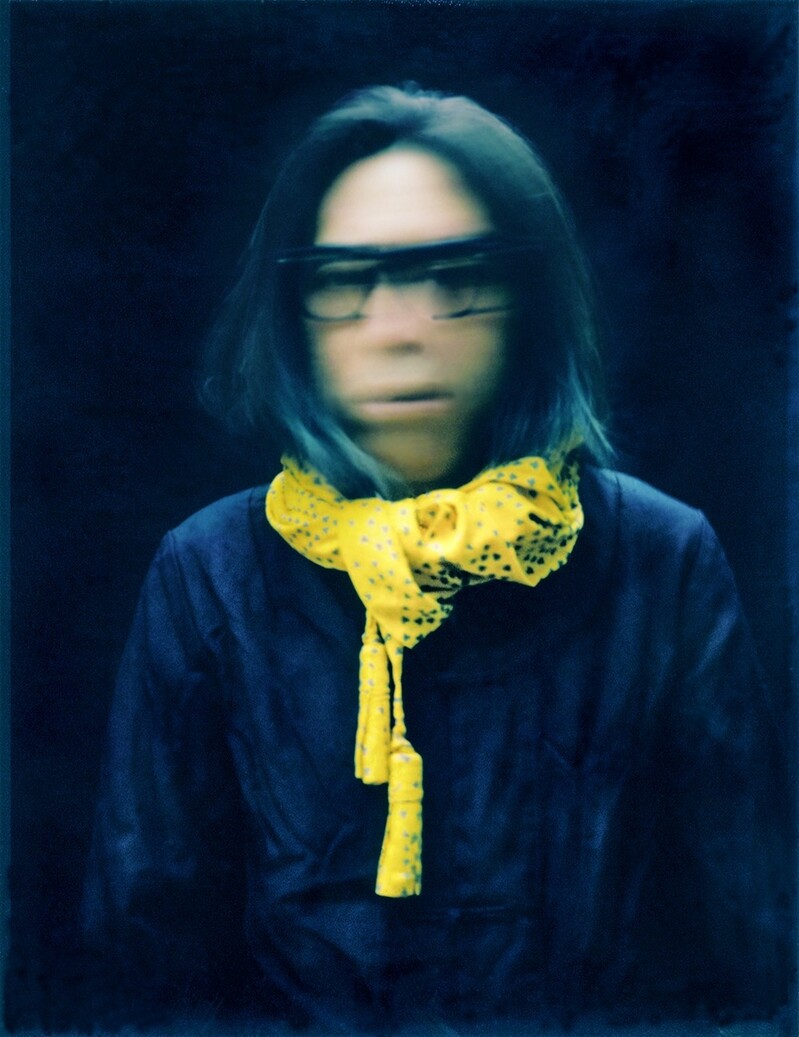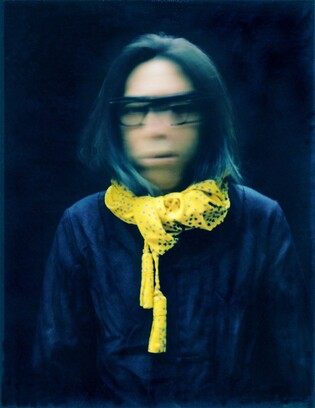*Editor’s note: K-VIBE invites experts from various K-culture sectors to share their extraordinary discovery about the Korean culture.
Choi Man-soon's Medicinal K-Food: World's Beloved Korean Rice Cake
By Choi Man-soon, Food Columnist and Director of the Korea Traditional Medicine Food Research Institute
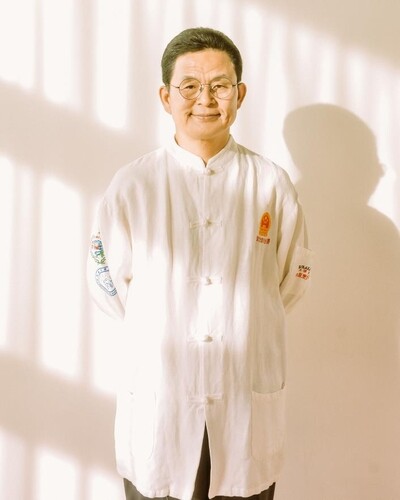
Korean rice cakes have a long history and deep-rooted traditions, forming an essential part of the country's culinary culture. They are symbolic foods that are indispensable during holidays, ceremonies, and celebrations.
The variety in types, flavors, and preparation methods is extensive, making rice cakes more than just food—they hold cultural significance. Each type carries its own traditional meaning and symbolism.
Today, Korean rice cakes have evolved to appeal to younger generations by incorporating modern ingredients such as chocolate and fruits.
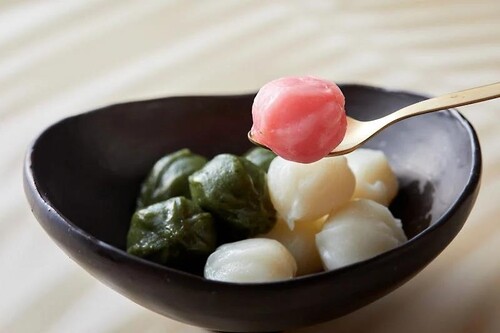 |
| ▲ A photo of Korean rice cakes, captured from the Korea Tourism Organization. (PHOTO NOT FOR SALE) (Yonhap) |
Rice cake cafés, which have transformed traditional rice cakes into desserts, have expanded beyond Korea to cities like New York, Toronto, and Tokyo, making these delicacies enjoyed by people worldwide. In Western cultures, the concept of rice cakes was not as clearly defined as in Korea. Western desserts primarily rely on flour-based baking methods, using ovens, and are characterized by the heavy and rich flavors of sugar and butter.
In contrast, Korean rice cakes use rice and natural ingredients, making them easier to digest and lower in calories, positioning them as a healthy food choice. The textures have also evolved, offering a range from chewy to soft and fluffy. In traditional medicine, rice—the core ingredient of rice cakes—is considered to have a sweet and neutral property that primarily benefits the spleen and stomach. Rich in carbohydrates, rice provides energy while being easily digestible. It also contains oryzanol and B vitamins, which help improve skin health and slow down aging. Additionally, its fiber and minerals help regulate blood pressure and promote cardiovascular health.
The writer recalls childhood memories of making sirutteok (steamed rice cake) with their mother. The process felt like a harmonious duet, with the mother preparing ingredients while the child assisted. After soaking the rice overnight, she would season it with salt and head to the village mill, where a large wooden mortar and pestle awaited.
Standing atop the mortar’s seesaw-like beam, the mother would always remind, “Watch my hands and step carefully, or you’ll get hurt.” Following her guidance and stepping in sync, she would smile and praise, “That’s right, you’re doing well. My son is so good at this.”
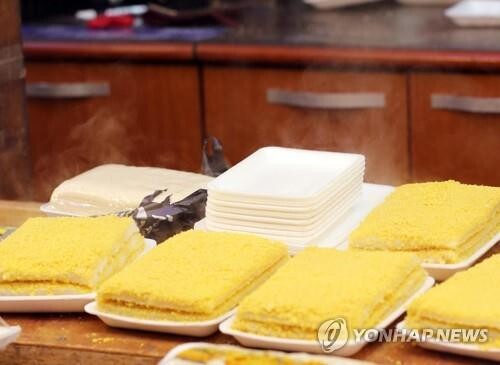 |
| ▲ Ritual rice cakes (Yonhap) |
The milled rice flour was then sifted to ensure a fine texture. Roasted beans and lightly blanched, dried pine needles were ground together, filling the mill with a fragrant aroma. The rice flour, bean powder, and pine needles, transformed through the mother’s careful hands, took on a new life.
Back home, she would dissolve shinhwadang (a traditional sweetener) in water and sprinkle it over the rice flour before sifting it once more. Gently mixing with her hands, she would check for the right consistency—when the flour started to clump slightly, the rice cake was ready to be steamed.
She would pour water into a small cast-iron cauldron, place a steaming rack on top, and light the fire beneath it. As the water boiled, she spread a hemp cloth inside the rack and evenly scattered the rice flour, ensuring it was the perfect thickness. A thin layer of the bean-pine needle mixture was then sprinkled between the layers, and deep knife marks were made in the cake. The gap between the steamer and the cauldron was sealed with rice dough to prevent steam from escaping.
Before long, white steam billowed from the cauldron, filling the kitchen with the subtle scent of pine needles. Once the rice cake was fully steamed, the mother skillfully flipped the rack over, revealing the pristine white baekseolgi (snow-white rice cake).
The dazzling white rice cake looked like a snow-covered winter morning. The taste of the warm, freshly steamed baekseolgi, infused with the scent of pine needles, remains vivid in the writer’s memory. That single piece of rice cake held warmth, devotion, and a mother’s love—treasured in the heart to this day.
The childhood moments spent at the mill and by the small cauldron remain some of the most enriching and beautiful memories of the writer’s life.
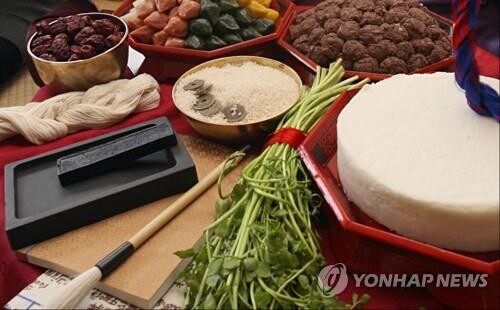 |
| ▲ Baekseolgi rice cake set on 1-year-old's birthday (dol) table. (Yonhap) |
The chapter on military strategy in The Art of War discusses the strategic movements, the use of time and terrain, and tactics for deceiving the enemy in the process of competition and confrontation during war. I have drawn a comparison between this and the process of making Korean rice cakes, their uses, and the harmonious combinations involved.
First, the idea of "occupying advantageous terrain and controlling time" comes up. Sun Tzu emphasized the importance of favorable terrain and the right timing in war. Similarly, in making rice cakes, timing and the effective use of heat are critical. For instance, in making sirutteok (steamed rice cake), if the steaming time is too short or too long, the texture of the rice cake can collapse.
The environment in which rice cakes are made (such as the temperature of the steamer and the control of moisture) greatly influences the quality of the final product. The texture of injeolmi (sticky rice cake) is determined during the process of steaming glutinous rice and kneading it at the right time.
This principle is similar to Sun Tzu’s advice to occupy advantageous terrain to secure victory.
Sun Tzu also suggested moving in ways that the enemy does not expect. This strategy aims to confuse and deceive the enemy to win. The wide variety of rice cakes and cooking methods in Korea are optimized according to regional and seasonal conditions.
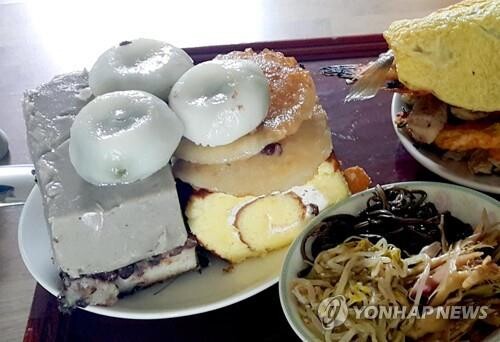 |
| ▲ Rice cakes and bread on a Chuseok ancestral rite table in Jeju. The round rice cake at the top is songpyeon. Below it, on the left, are cheongmuk and sirutteok, while on the right are gireumtteok and a roll cake. (Yonhap) |
Songpyeon, a rice cake made by filling rice dough with ingredients such as sesame seeds, red beans, and chestnuts, varies by region and taste preferences. This aligns with Sun Tzu’s emphasis on flexible and creative strategies.
Rainbow rice cake may appear simple, but the process of layering the colors involves both technical skill and artistic creativity. This mirrors Sun Tzu's concept of "simple in appearance but complex in strategy."
Sun Tzu also taught the importance of exhausting the enemy's resources and using resources efficiently. He emphasized saving resources in war and leveraging the enemy’s weaknesses.
Rice cakes are the epitome of efficient use of ingredients. Baeksulgi (white rice cake), made with simple ingredients like plain rice, holds significant symbolic value in rituals, making it consistent with Sun Tzu's philosophy of utilizing simple resources efficiently.
Sometimes, baeksulgi is made with additional ingredients like red beans, sesame seeds, jujubes, and nuts, which form a rational combination to create a beneficial dish.
Sun Tzu also advocated for deception and change. The importance of changeable strategies and deception is key. The shape and flavor of rice cakes vary depending on the cooking method and the combination of ingredients.
By using natural ingredients like mugwort, gardenia, and prickly pear, rice cakes are colored, or honey is added instead of sugar to provide a healthier sweetness, showing how changes can be made according to the seasons and health considerations.
Quick decision-making and flexibility are abilities Sun Tzu identified as necessary in war. In the process of making rice cakes, one must adjust the recipe to suit the circumstances. For example, if the dough for songpyeon becomes too sticky or thick, the ratio of ingredients must be adjusted immediately to preserve the shape and taste.
Making rice cakes is not a simple process; it requires flexibility and quick decision-making.
Thus, the strategic approach aligns with Sun Tzu’s philosophy, and the principle of adapting strategies based on the situation applies to both his military strategies and the process of making rice cakes.
The combination of ingredients and methods changes depending on the season, event, and purpose. Making rice cakes is not merely preparing food; it requires strategic thinking and a keen sense of balance, mirroring the philosophy of military strategy.
Korean rice cake culture is ancient. A steamer with handles on both sides and several holes in the bottom was found at the Najin Chodo shell mound, an archaeological site from the Bronze Age. Therefore, it can be said that Korean rice cakes have a history as long as that of the steamer itself.
It is also presumed that rice cakes like sirutteok (steamed rice cake) made from ground grains or injeolmi and jeolpyeon (flat rice cake) pounded in a mortar were eaten. Other steamers have also been discovered in tombs from the Three Kingdoms period.
Many references to rice cakes appear in historical texts like Samguk Yusa (Memorabilia of the Three Kingdoms). In the Garakgukgi (History of Gaya), it mentions the offering of food during rituals, including rice cakes and alcohol.
The text states, "In accordance with royal orders, rice cakes, alcohol, and other offerings were prepared for the seasonal rituals." Similarly, the Balhae Gukji Jangpyeon (Chronicle of the Balhae Kingdom) mentions that people in Balhae also made sirutteok.
In the Joseon Dynasty's Gyuhap Chongseo (Encyclopedia of Women’s Encyclopedia), a dish called seoktanbyeong (惜呑餠) catches the eye. The explanation for this dish is that its taste is so precious it is "difficult to swallow," thus it was named seoktanbyeong. The dish is a type of steamed rice cake made with glutinous rice flour, persimmon powder, sugar, chestnuts, jujubes, pine nuts, honey, mung beans, persimmons, cinnamon, and mandarin oranges.
Later, rice cakes evolved to become more luxurious, especially in the royal court and aristocratic families. In particular, the royal court made elaborate variations of steamed rice cakes, such as gakseok mesirutteok and gakseok cha sirutteok, which were presented at banquets.
There were over 200 types of rice cakes mentioned in cookbooks from the Joseon Dynasty, and over 100 ingredients used to make them.
Among these, the tradition of eating tteokguk (rice cake soup) on New Year’s Day has special significance. According to the Joseon Sangseok, it is said that starting the year with white food symbolizes the rebirth of all things in nature.
The shape of the tteokgalae (long rice cakes) also holds particular meaning. Stretching the steamed rice cakes into long shapes and cutting them into tteokgalae symbolizes the hope that wealth will grow steadily. The reason tteokgalae is shaped round is to symbolize the sun, wishing for a bright and prosperous new year and safety.
Recently, rice cakes, once considered a traditional treat for adults in Korea, are now being recognized as a healthy food, such as in the form of "honey rice cake cereal," "Oh! Granola," and "tteok cafe." As "K-rice cake tteok," they are gaining popularity internationally.
Additionally, as overseas influencers share various recipes, interest in these rice cakes is growing rapidly. We are witnessing a golden age of Korean rice cakes, emerging as a new powerhouse in the world of K-food.
(C) Yonhap News Agency. All Rights Reserved


















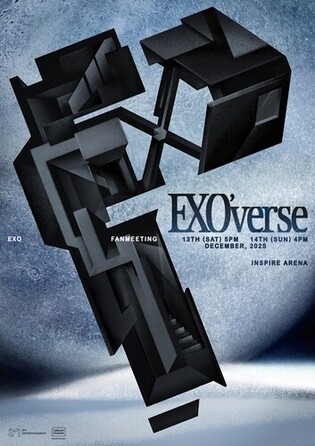

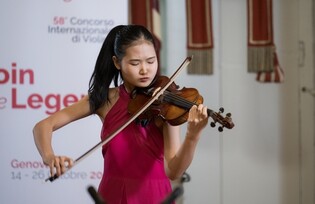
![[ENG/JPN/Full] TEMPEST(템페스트) 'In The Dark(어둠 속에서)' Showcase|As I am|한빈·형섭·혁·은찬·LEW·태래](/news/data/20251027/p179578205733686_156_h.jpg)


